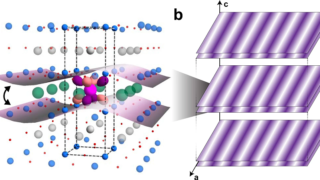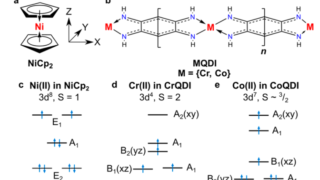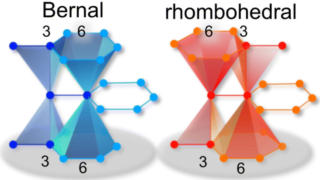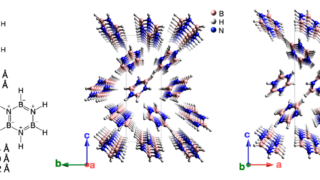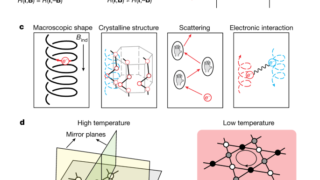
Germanium monosulfide, a versatile platform for terahertz polaritons
An exciton can be described as an electron-hole pair in a crystal that is bound in a manner analogous to the electron and proton in a hydrogen atom. The exciton behaves like an atomic excitation that passes from one atom to another. In most cases, excitons are induced by an electromagnetic wave, a photon. Interestingly […]
